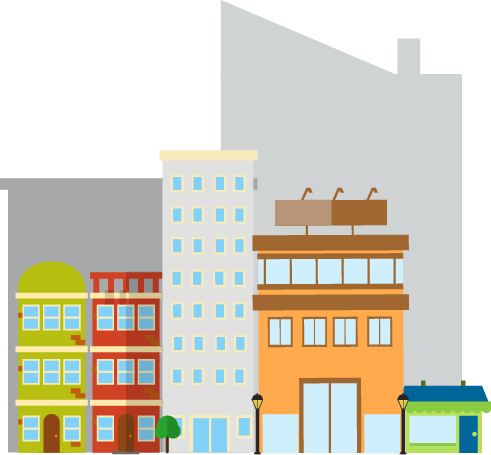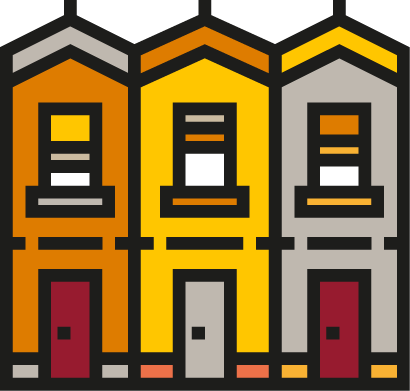As urbanization rapidly increases, city life is becoming a reality for an ever-growing share of the global population. While cities can create opportunities for health, urban living can also adversely impact the health and wellness of communities.
Urban areas provide the opportunity to understand how places affect health and to also apply what we learn to promote action and protect the health of more people living in urban communities. Drexel's Urban Health Collaborative (UHC) aims to understand and improve urban health, beginning with engagement, both locally and globally. To achieve this goal, the UHC works to:
- research the causes of urban health problems
- evaluate policies and innovative solutions to urban challenges
- invest in training urban health leaders
- share what we learn
- build partnerships between cities and with our local communities
What is an Urban Area?
Defining Urban to Bring Focus to Our Work
We define ‘urban’ as the geographies where people’s homes, workplaces and gathering spaces are concentrated. While cities are prominent in discussions of urban health, the definition of urban areas is often inclusive of areas surrounding cities as contexts for the diverse sectors of daily life.
Why Focus on
Health in Cities?
Urban Populations
continue to
grow
worldwide
Health issues faced by city residents have grown beyond traditional urban health concerns to include:

Infectious and chronic diseases

Toxic environmental exposures

Physical and mental health
Understanding the causes or determinants of these health challenges means drawing data and expertise from a variety of areas, including:

Safety

Employment

Poverty

Built Environment

Education

Housing
... to name a few.
Cities present opportunities for health improvement
- Design of cities and urban planning
- Location of food stores and parks
- Transportation and energy use
- Economic and social policies
Health Disparities Warrant Special Attention
In urban areas, there are often dramatic health differences from one neighborhood to the next. These inequities result from residential segregation and are reinforced by differences across neighborhoods in physical and social environments, many of which can be affected by policy.
In the U.S., urban residents are diverse in socioeconomic, racial and ethnic backgrounds, which often make cities a place where health disparities across social groups and neighborhoods are most striking. Globally, urban populations include those in tenuous and temporary living conditions, those subject to violence and persecution and systemic disadvantage. A focus on health inequities and vulnerable populations is key to achieving population health improvements.